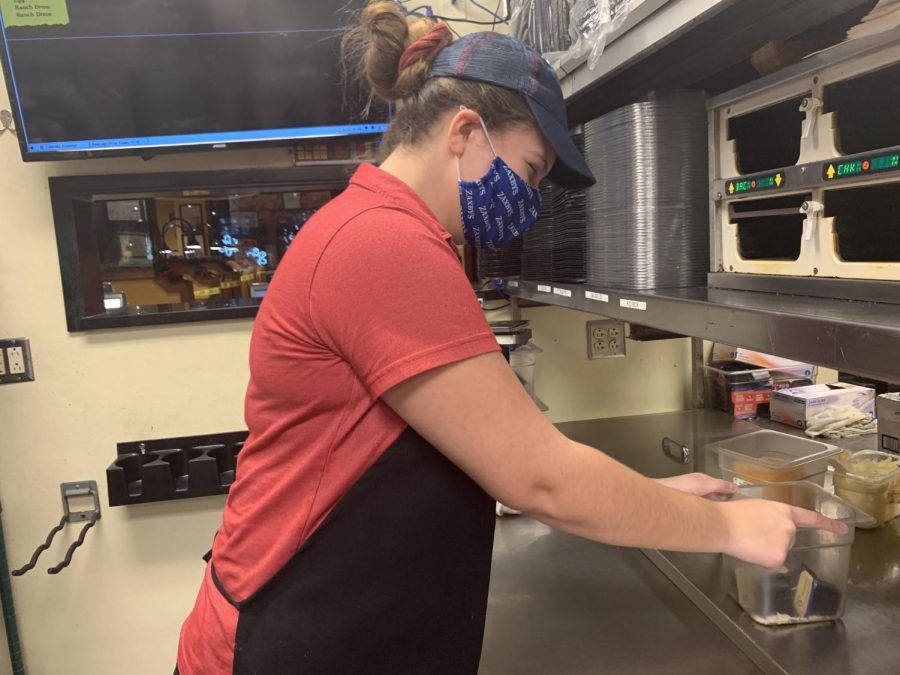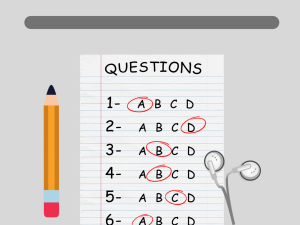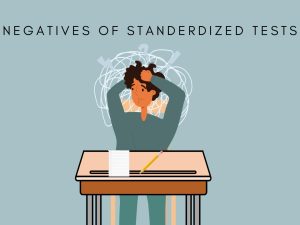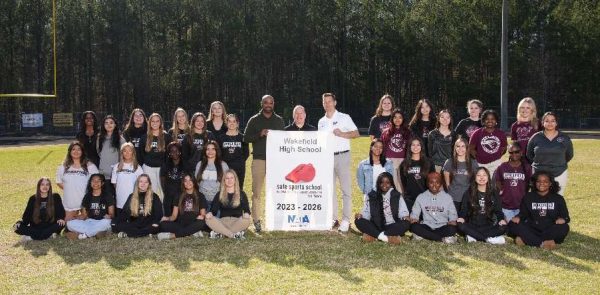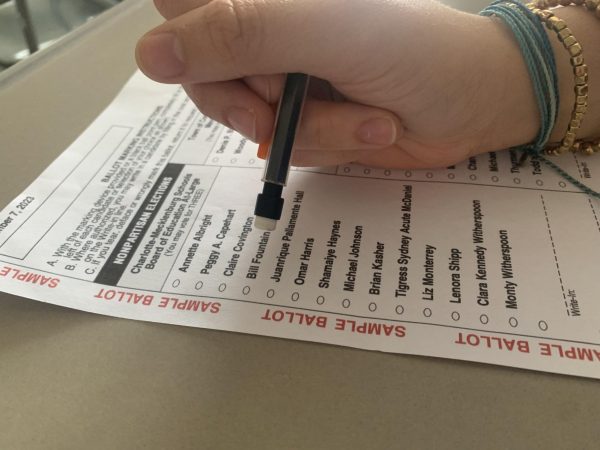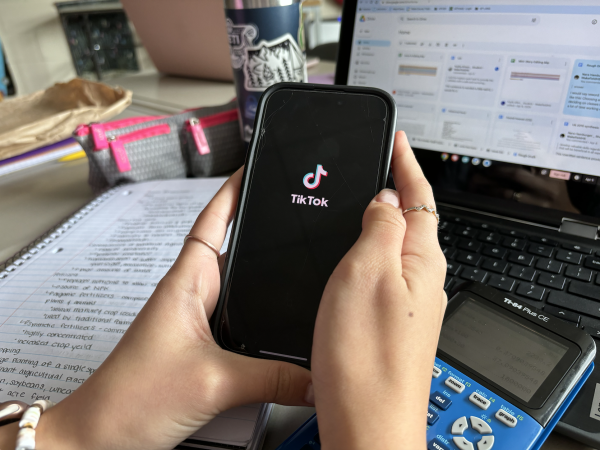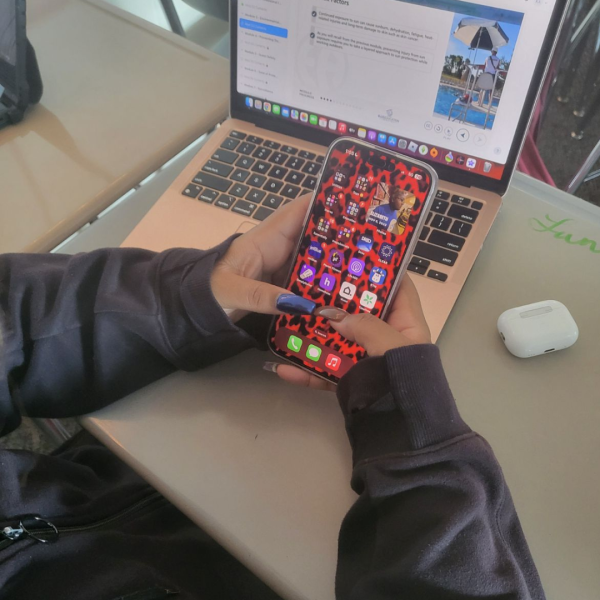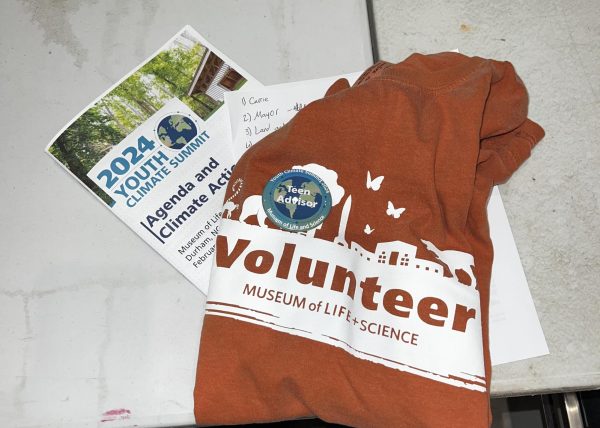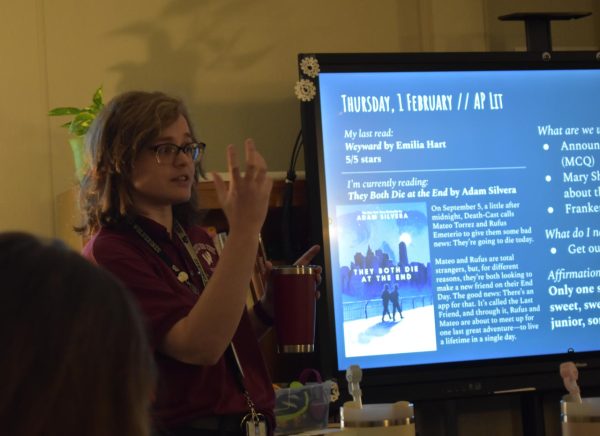Wolverines ensure safety while working during quarantine
Lauren Wallace, Zaxby’s employee, changes out the dishes.
December 7, 2020
At least 30% of students are employed for at least a portion of the school year. These students experienced severe changes when quarantine was announced. Their workplaces changed or added policies, which they had to balance with online school, and they had to maintain good health while working.
One student, Lauren Wallace, completely stopped working at her place of employment, Zaxby’s, where she worked as a cook for seven months. Once schools were closed and quarantine was issued, she stopped working and has only recently started again.
“I was really nervous about coming back,” Wallace said. “But I do wish I had come back sooner since the quarantine [mandate] is still continuing.”
It has been a learning curve for her, coming back after being gone for so long, but she’s managing with the help of understanding managers. As a senior, she has the added pressure of college applications and is relieved to be done with them, allowing her to open up her schedule more to work. She is now working Monday, Thursday, and Saturday from 4:00 PM to 11:00 PM. One factor for her coming back was all the new safety rules for COVID-19. Zaxby’s has instituted a mandatory mask rule and checks each employee’s temperature before they start working, along with a few other minor precautions.
Another student, John Shockley, works at Zaxby’s as a cashier but has taken a different approach than Wallace’s to working. He continued working when the quarantine was announced and was one of the first people at Zaxby’s to start wearing a mask when working, but as a cashier, Shockley faces more of a risk because he is interacting with the public. So, even with the mandatory masking that Zaxby’s now requires, he wears another one underneath it to ensure his health. He kept his schedule the same after the pandemic, only working weekends from 9:00 AM to 11:00 PM, which also helps him keep up in school.
I always know who I am working with when I go in with pods and can make sure that I stay safe,
— Leinfelder
“I try to only work the weekends to fully commit myself to school and get my assignments done,” Schockley said, “otherwise I would be too tired to complete them.”
Another student, Emily Leinfelder, is heavily focusing on her grades while working at Starbucks. Recently she has been working two hours every day five days a week, for three weeks straight, after one of her coworkers contracted COVID-19 and left a two-hour time period open that Leinfelder has since filled. This leaves less time than she would like to complete her homework and college applications, and she is left with little free time. She is excited to get back to her usual schedule of working two days a week for four hours. She only works with the same people for every shift, her “pod,” as Starbucks has come to call it. Pods minimize the risk of COVID-19 at work. Along with pods, employees have to wear masks and gloves at work and follow a few other precautions.
“I always know who I am working with when I go in with pods and can make sure that I stay safe,” Leinfelder said, “plus, I have my favorite manager in my pod.”
While these three had already worked before quarantine and changed from there, Brooke Eisenberg started working for the first time during the quarantine. She has worked at Dick’s Sporting Goods for the past four months, working 2-5 days a week. When school first started, she worked five days a week but was unable to continue keeping up in school and so has since changed to very little time, but the days she does work, she usually has to stay up late finishing schoolwork. Dick’s Sporting Goods requires their workers to take a small survey asking if they have been around anyone with COVID-19 or have had any symptoms. After that, they get their temperatures taken and can work. One of the weirdest parts of working during a pandemic, according to Eisenberg, was not knowing what anyone looked like due to the new normal of wearing masks.
“I work with these people every day and only know what half of their face looks like,” Eisenberg said. “Especially when I follow them on social media they look much different than I ever thought they would.”
It’s clear that Wakefield students who choose to work have created pathways to success. These students each charted different paths working during online school and the pandemic.



